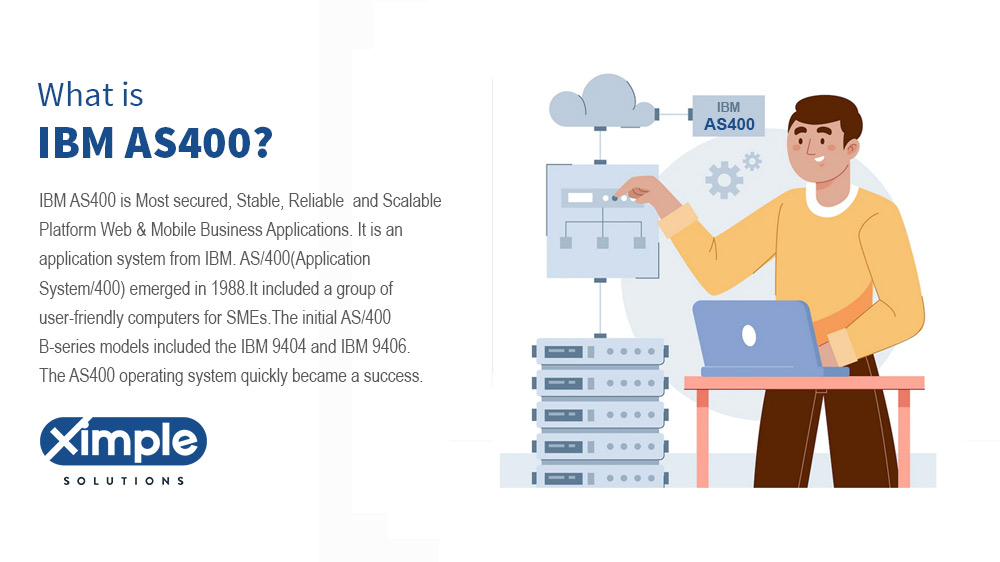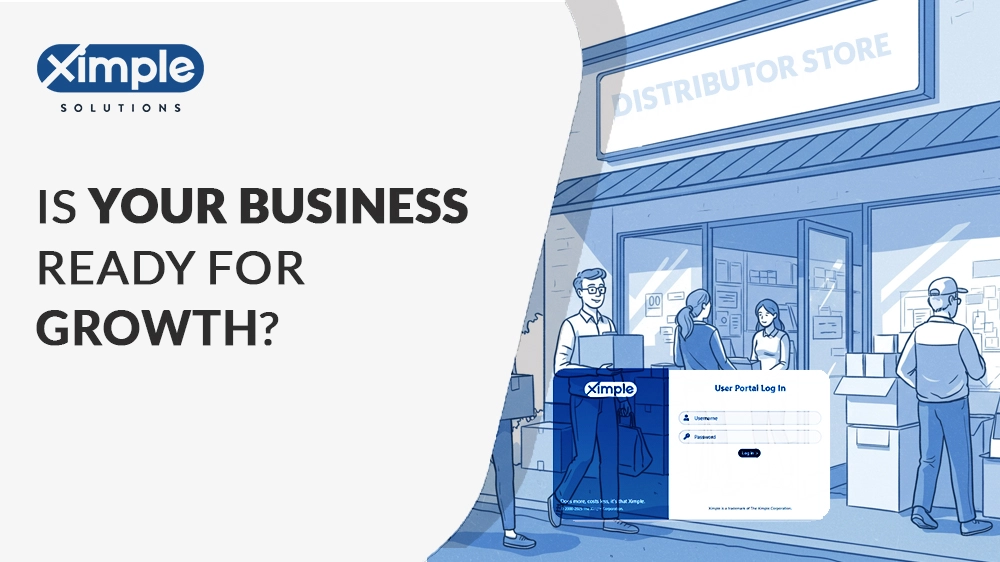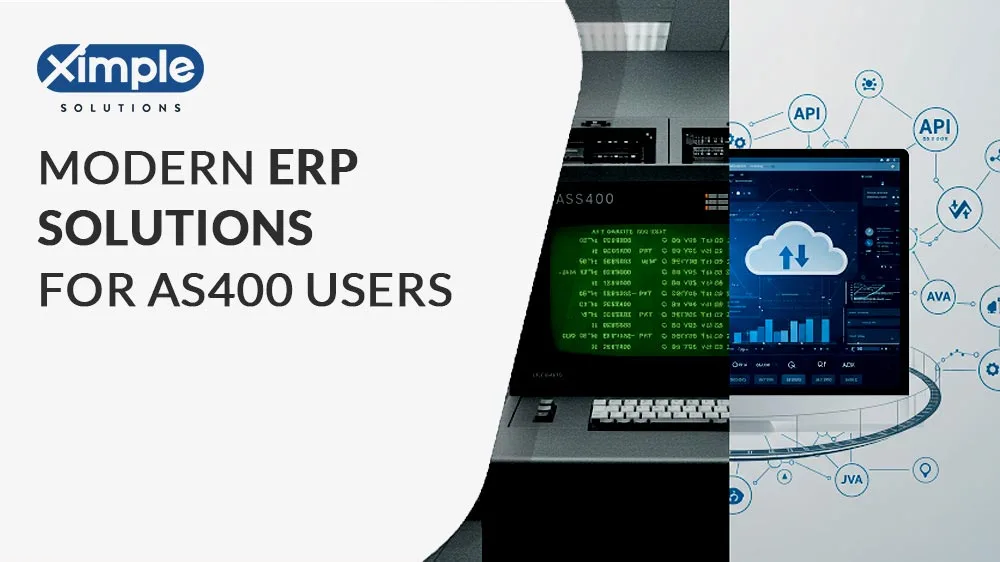Enterprise Resource Planning – ERP
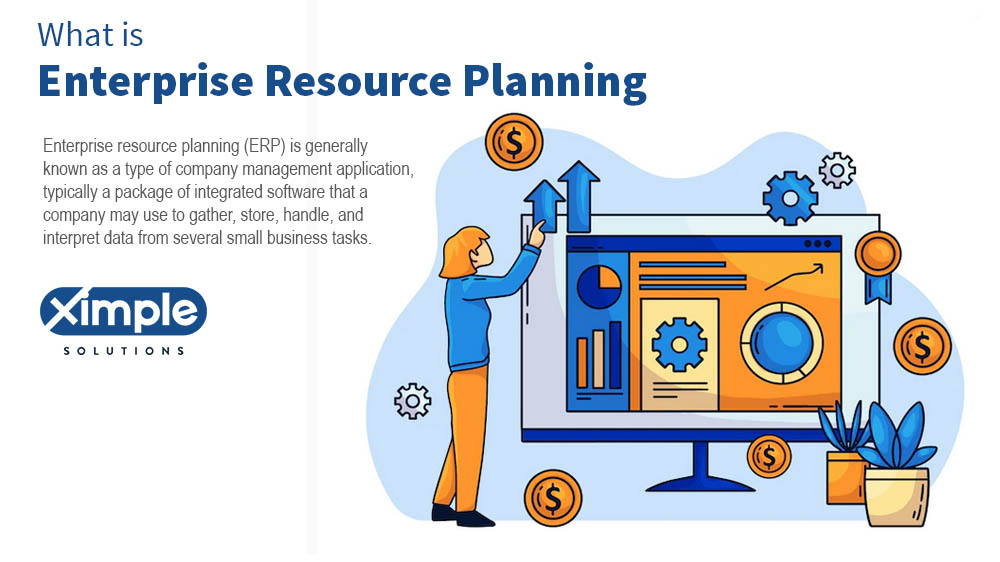
- Enterprise resource planning (ERP) is generally known as a type of company management application, typically a package of integrated software that a company may use to gather, store, handle, and interpret data from several small business tasks.
- Enterprise Resource Planning provides an integrated and continuously updated view of core business procedures using shared databases maintained by a database management program.
- ERP systems monitor company resources such as money, raw materials, manufacturing capacity, and also the standing of company responsibilities: orders, purchase orders, and payroll.
- The software that forms the system shares information across different sections (manufacturing, buying, accounting, sales, etc.) that offer the information.
Table of Contents

ERP Functional Areas of Management
In Enterprise Resource Planning systems, Below are Functional Areas of Management:
Financial Systems :
General ledger, fixed assets, payable including vouching, matching and payment, receivables, and collections, cash management, and financial consolidation.
Purchase :
Purchase Orders and contracts, Invoices, Tracking and aging, RPO, Vendor Relations, Goods Received Management, Back Order Report, Links to Updated Prices and Products.
Operations :
Workflow & Business Rules, Activities & Approvals Business Intelligence, Role-specific, Dashboards Document, Management Real-Time Solution.
Accounting :
Budgeting, Costing, Cost Management, Activity-Based Costing.
Human Resources :
Recruiting, Training, Rostering, Payroll, Benefits, Retirement, Pension Plans, Diversity Management, Retirement, Separation.
eCommerce :
View your inventory, Get pricing as if they were at the store, Place orders and quotes, View past orders and trace open orders, Generate current statements, Keep track of multiple jobs, and Start a return.
Manufacturing :
Engineering, bill of materials, work orders, scheduling, capacity, workflow management, quality control, manufacturing process, manufacturing projects, manufacturing flow, and product life cycle management.
Sales :
Sales Quotes and contracts, Order Entry, Lot Orders, Discount Layers, Payment Terms Automation, Opportunity Management, Return Management, and Authorization.
Order Processing :
Order to cash, order entry, credit checking, pricing, available to promise, inventory, shipping, sales analysis, reporting, and sales commissioning.
Warehouse :
Easy receipt entry of goods, Automated and manual transfers between distribution centers, Comprehensive shipment management, Setup of delivery routes, and Notified customers on shipment.
Inventory :
Multi-organization & Location Costing Flexibility Inventory Allocations & Transfers Non-inventory Cost of Sales Warehouse Management.
Vendor :
EDI Point of Sales Point of Transfer SPAs SPJs Vendor Pricing Updates Goods Issues Buying Groups.
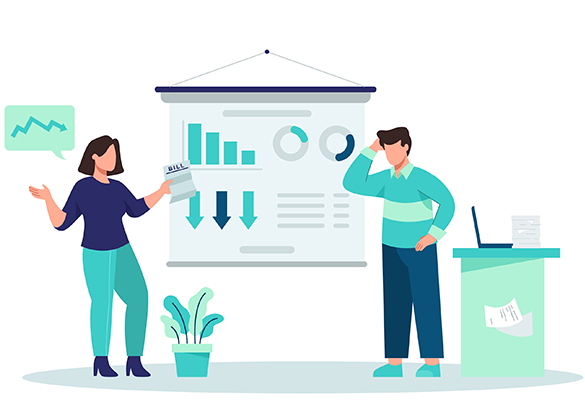
- Sales forecasting, which allows inventory optimization.
- Matching purchase orders (what was ordered), inventory receipts (what arrived), and costing (what the vendor invoiced).
- Revenue tracking, from invoice through cash receipt.
- Provides a comprehensive enterprise view, making real-time information available to management anywhere, anytime to make proper decisions.
- Order tracking, from acceptance through fulfillment.
- Chronological history of every transaction through relevant data compilation in every area of operation.
- Facilitates standard product naming/coding.
- Protects sensitive data by consolidating multiple security systems into a single structure and brings legitimacy and transparency to each bit of statistical data.
Primary Business Benefits of an ERP System
- ERP creates a more agile company that adapts better to change. It also makes a company more flexible and less rigidly structured so organization components operate more cohesively, enhancing the business—internally and externally.
- ERP can improve data security in a closed environment. A common control system, such as the kind offered by ERP systems, allows organizations the ability to more easily ensure key company data is not compromised. This changes, however, with a more open environment, requiring further scrutiny of ERP security features and internal company policies regarding security.
- ERP provides increased opportunities for collaboration. Data takes many forms in the modern enterprise, including documents, files, forms, audio and video, and emails. Often, each data medium has its own mechanism for allowing collaboration. ERP provides a collaborative platform that lets employees spend more time collaborating on content rather than mastering the learning curve of communicating in various formats across distributed systems.
- ERP offers many benefits such as standardization of common processes, one integrated system, standardized reporting, improved key performance indicators (KPI), and access to common data. One of the key benefits of ERP; the concept of the integrated system, is often misinterpreted by the business. ERP is a centralized system that provides tight integration with all major enterprise functions be it HR, planning, procurement, sales, customer relations, finance, or analytics, as well as other connected application functions. In that sense, ERP could be described as a “Centralized Integrated Enterprise System (CIES)â€
“At Ximple, we continuously upgrade our software to incorporate the latest and most advanced technology. We have integrated a highly cost-efficient payment processing module that ensures a guaranteed increase in profits along with exceptional customer satisfaction.â€

